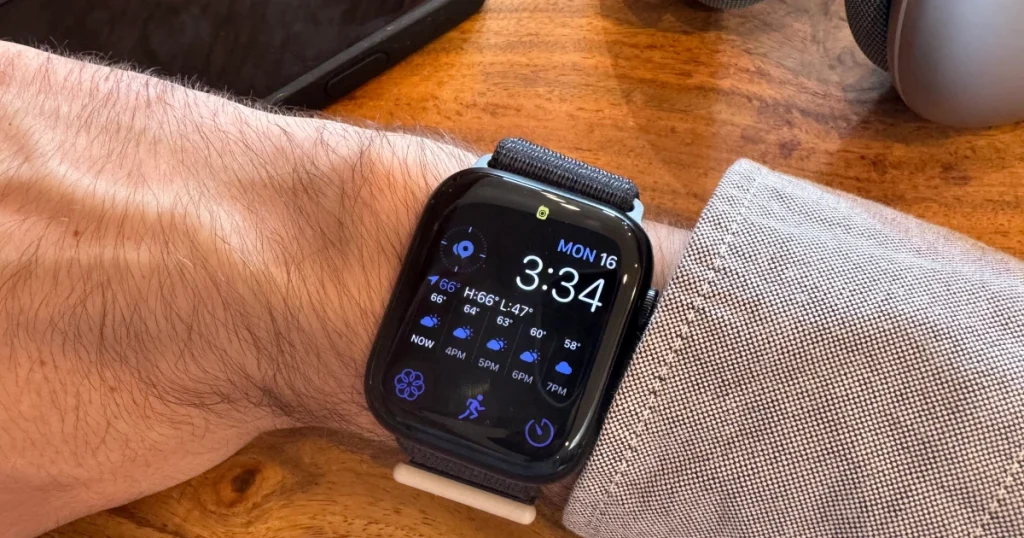Studies suggest that WATs can encourage people to walk up to 40 minutes more each day or take about 2,000 extra steps, leading to significant improvements in physical activity. They work as a form of external feedback, motivating people of all ages and health conditions to stay active.
But how accurate are they, really? Experts say that WATs are “moderately accurate.” They’re useful for tracking trends and comparing exercise intensity, but they might not be as reliable when comparing different activities, like running versus cycling.

How Does the Apple Watch Track Calories?
Apple Watch uses several indicators to track the calories you burn, including your age, height, weight, heart rate, and movement. The more accurate the personal information you provide, the more reliable the calorie estimates will be.
One key factor in calorie tracking is how the watch calculates your Basal Metabolic Rate (BMR) and Active Metabolic Rate (AMR). BMR is the number of calories your body burns at rest, while AMR accounts for the calories burned during physical activity. The Apple Watch combines both to give you a total calorie count, showing active and resting calories separately.
While studies have shown that the Apple Watch’s calorie counter is generally accurate, some tests have revealed discrepancies—especially during running, where calories burned were sometimes overestimated by more than 50%. This variance is not entirely unexpected, as wearable devices are designed for everyday use rather than precise medical measurements.
Can You Improve Accuracy?
If you’re not satisfied with your calorie readings, there are a few things you can do to improve accuracy:
- Calibrate Your Watch: Go for a 20-minute outdoor walk or run with good GPS reception to help the device learn your stride length and pace.
- Update Your Health Info: Make sure your age, height, weight, and other personal details are accurate in the Health app.
- Check Your Wrist Fit: A snug fit ensures the heart rate sensor works properly.
- Be Mindful of Hand Movements: Since the watch tracks movement from your wrist, stiff or limited arm movements might throw off readings.

Final Thoughts
While the Apple Watch does a good job of estimating calorie burn, it’s essential to remember that no wearable is 100% accurate. Factors like hand movement, exercise type, and personal metabolism can all influence readings. However, if used consistently, the Apple Watch can still be a valuable tool for tracking trends and staying motivated on your fitness journey.


Leave a Reply